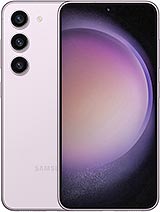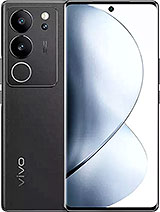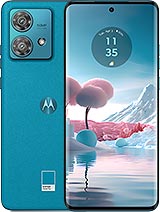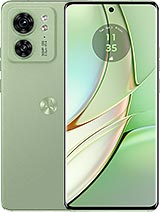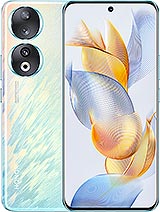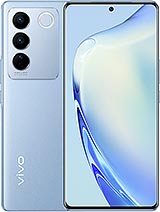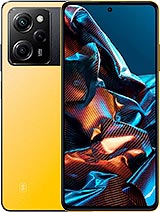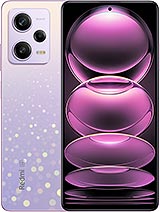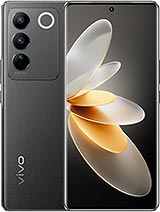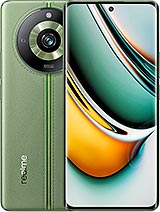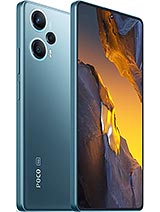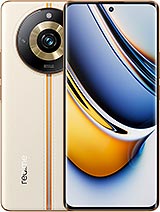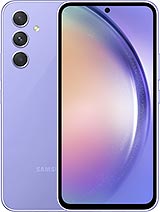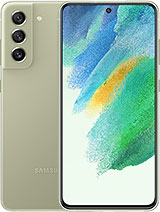vivo V29 Pro review

Unusually high-res 6.78-inch OLED display
One of the V29 Pro's peculiar upgrades is its new display. While it is the same diagonal as on the V27 Pro, as well as the V29 and V27 at 6.78 inches, the panel has higher-than-most resolution of 1,260 x 2,800 px, resulting in a 453ppi pixel density, making it sharper than the bulk of panels out there, just short of 1440p high-end models.

Naturally, the panel supports a 120Hz refresh rate. Vivo also advertises up to 2160Hz pulse-width modulation for dimming, so even those sensitive to flickering should be perfectly okay.
In terms of brightness, we measured 532 nits on the slider. When exposed to bright conditions, the phone went up to a max of 1,029 nits. That's a pretty great result, and the V29 Pro never finds itself strapped for brightness. The V29 Pro also gets pretty dim, with an output of just 2.2 nits at its minimum brightness setting.
The V29 Pro has an 8-bit panel and a total of three color modes. The default mode, called "standard," aims for the DCI-P3 color space and delivers a punchy color rendition with overly saturated reds and blues. Vivo clearly went for that coveted OLED "pop" in its default mode. "Bright" mode also targets the DCI-P3 color space, brings down reds and blues a bit, and saturates greens for a slightly more balanced look. However, if you really want accurate colors, there is the "Pro" mode, which practically nails the sRGB color space.
In another rather odd case of disparity between the regular vivo V29 and the V29 Pro, the specs sheet for the Pro does not mention any HDR certification on the display. This is odd, given that the vanilla model clearly advertises HDR10+.



HDR decoding • DRM info • Netflix playback capabilities
In terms of HDR decoding, the V29 Pro supports HDR10, HDR10+ and HLG. The phone also supports the highest possible L1 Widevine DRM, allowing apps like Netflix to offer up FullHD resolution stream.
High refresh rate handling
The vivo V29 screen's refresh rate maxes out at 120Hz. Hardware scanning apps detect support for three fixed steps - 60Hz, 90Hz, and 120Hz. Three modes are available in settings - 60Hz, 120Hz, and Smart Switch.

The 60Hz option is straightforward - the phone always uses 60Hz refresh rate, and all apps are capped at 60fps.
The Smart Switch option will essentially maintain 90Hz across the UI when you're interacting with the phone but will switch down to 60Hz when idling or when you open an app - any app.
The 120Hz mode maxes out at the nominal refresh rate. Interestingly enough, unlike the regular V29, which still switches to 60Hz while in 120Hz mode, the V29 Pro does not seem to do so and mostly remains locked at 120Hz. Well, with the exception of video playback apps, which switch down to 60Hz, as well as incompatible apps like Google Maps and the Camera app.
High refresh rate gaming is a mixed bag in both Smart Switch mode and 120Hz mode. Luckily, vivo includes the option to select refresh rate on a per-app basis while in the 120Hz mode, so you can force high refresh rate gaming. Even with that option, however, we experienced some games that did not respect the setting and still went down to 60Hz.
Battery life
The vivo V29 Pro has a 4,600 mAh battery, just like its predecessor, and the V27 Pro is rocking the same 4nm Mediatek Dimensity 8200 chipset. This entails pretty similar battery life across the two, which is kind of the case, but not entirely.
In our Active Use Test, the vivo V29 Pro posted solid numbers for web and video use, and above average time for gaming. The Poco F5 is a tad better when it comes to gaming.
Expand to reveal our legacy battery test (Endurance rating). How we test now.
The V29 Pro managed a solid 113 hours of endurance in our testing and pretty much matched the standby and call times of the V27 Pro, as expected. However, on the whole, the V29 Pro scored a bit lower in endurance than the V27 Pro due to its relatively lower on-screen endurance numbers. We double-checked the numbers and can only conclude that the new higher-resolution (1260 x 2800 pixel) display consumes more power.
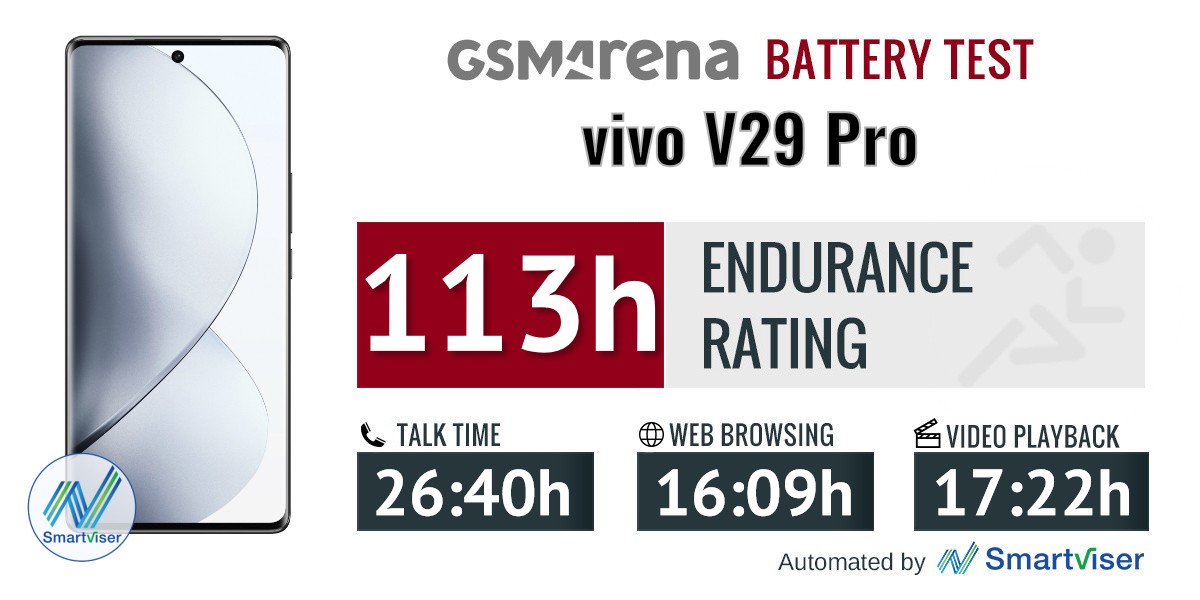
Our battery tests were automated thanks to SmartViser, using its viSerDevice app. The endurance rating denotes how long the battery charge will last you if you use the device for an hour of telephony, web browsing, and video playback daily. More details can be found here.
Video test carried out in 60Hz refresh rate mode. Web browsing test is done at the display's highest refresh rate whenever possible. Refer to the respective reviews for specifics. To adjust the endurance rating formula to match your own usage patterns, check out our all-time battery test results chart, where you can also find all phones we've tested.
Charging test
One of the upgrades to the V29 Pro coming from the V27 Pro is a new 80W vivo FlashCharge charging standard. That's compared to the V27 generation and its 66W FlashCharge technology. The latter has already proven itself to be pretty fast and competitive in the midrange. Since the battery capacity is the same at 4,600 mAh, the real question is - did vivo improve charging speeds this year? The simple answer here - a resounding no.

The V29 Pro basically charges at the exact same rate as the V27 Pro. The charging curve is slightly different. But not by a lot. The V29 Pro managed to get from empty to 39% in 15 minutes, then 69% in thirty minutes, with a charge to 100% taking exactly 50 minutes. A full charge of the battery took an additional four minutes, so if you want to max out the battery charge, it should take you around 54 minutes.
Loudspeaker test
We complained a bit about the V27 Pro and V27 not having stereo speakers, and we'll be forced to extend those complaints to the V29 Pro as well. It has almost become a given in this price range, and it seems only vivo is still sticking to a single speaker configuration, and we're not okay with that.

In our testing, the V29 Pro placed in the same 'Average' category as the V27 Pro in terms of loudness, again lagging behind the competition. Interestingly enough, the V29 Pro ended up quieter than the regular V29. Output quality is good enough, though nothing to phone home about. The V29 Pro has a bit better low-end frequency response than the other V29 and V27 models.
Use the Playback controls to listen to the phone sample recordings (best use headphones). We measure the average loudness of the speakers in LUFS. A lower absolute value means a louder sound. A look at the frequency response chart will tell you how far off the ideal "0db" flat line is the reproduction of the bass, treble, and mid frequencies. You can add more phones to compare how they differ. The scores and ratings are not comparable with our older loudspeaker test. Learn more about how we test here.
Reader comments
- Pravin
- 02 Mar 2024
- 7{L
E sim and NFC is not supportive which i felt personally dislike to buy or recommend to any one not worth buying.
- Lord Mat
- 24 Dec 2023
- TXu
I doubt many/most of the comments here are genuine. "Screen breaks after one day"...? Unfortunate that this section has become mostly useless.
- Anonymous
- 26 Nov 2023
- DkE
Seriously. How
